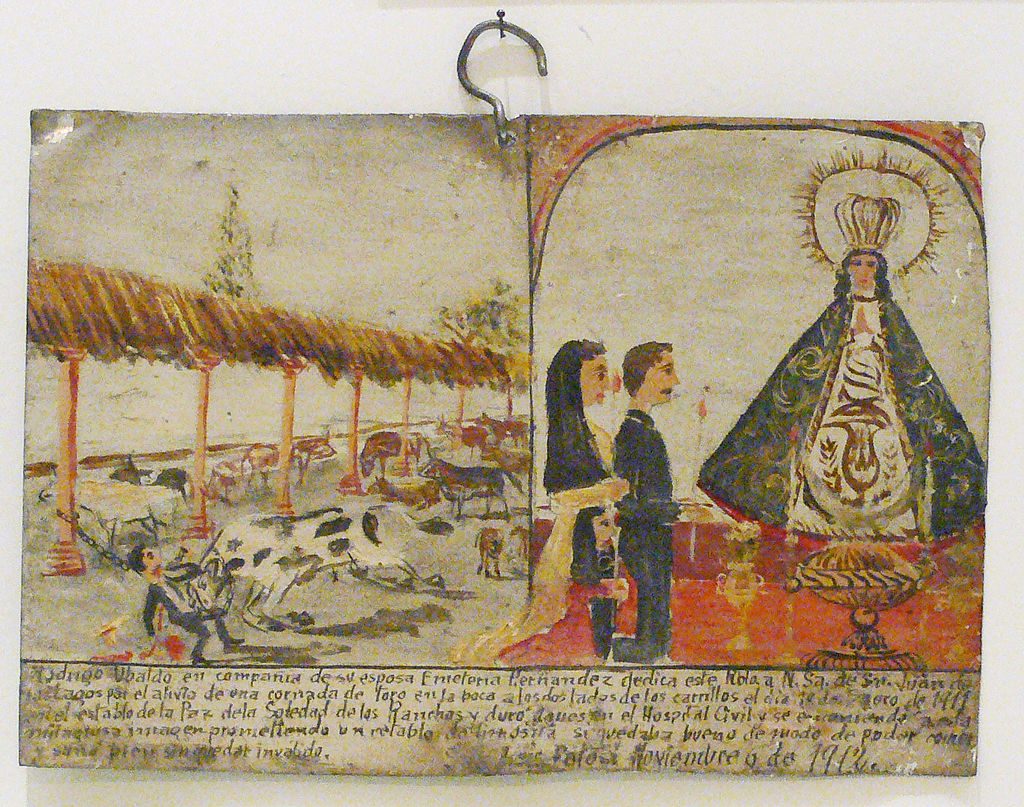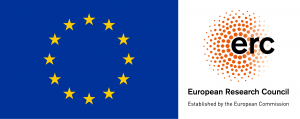Article – J. Ponzo, M.M. Kubas, M. Papasidero, Ex Votos: Rememoration, Remediation, and Relocation / Ex voto: rimembranza, rimediazione e ricollocazione (Annali di studi religiosi, 2022)

J. Ponzo, M.M. Kubas, M. Papasidero, Ex Votos: Rememoration, Remediation, and Relocation / Ex voto: rimembranza, rimediazione e ricollocazione, in “Annali di studi religiosi” 23 (2022), pp. 89-108 (link)
Abstract
In the Catholic tradition, ex votos can be considered texts that channel the cultural memory of a group, not only through specific mechanisms of material object production but also through their organization and the pragmatic modalities of their fruition. Besides their devotional positioning and function, ex votos are also subjected to operations of relocation and remediation that influence their meaning. The practice of offering ex votos as signs of gratitude for the intervention of supernatural helpers in crucial moments of an individual’s or community’s life has a long history in the Catholic tradition and can be considered a key part of a strategy to collectively process and make sense of crisis events; at the same time, modern and contemporary culture displays a growing tendency to relocate ex votos to museums, thus shifting the meaning and value of these artifacts from the traditional field of devotion to that of history, culture and art. Based on a semiotic reflection on the content, form and pragmatics of ex votos, this paper presents a transdisciplinary inquiry into the relocation of ex votos (mainly through musealization) and remediation in art and literature, in particular by examining Dino Buzzati’s collection of fictional ex votos (I miracoli di Val Morel, 1971)

